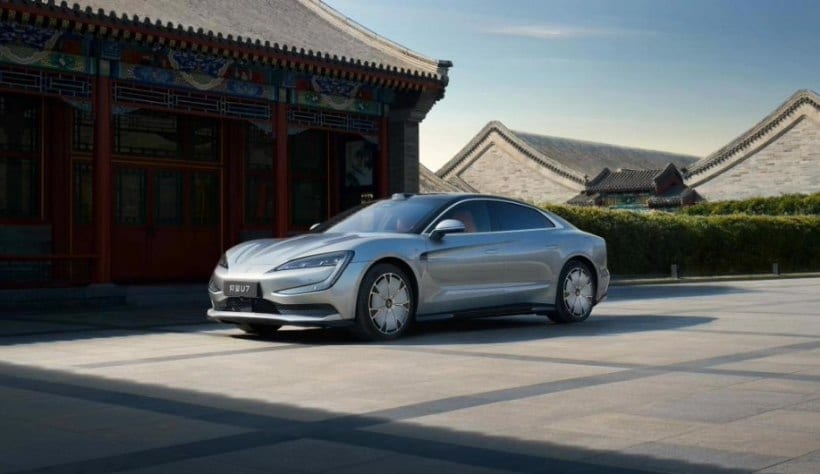According to reports on October 30, a Chinese-language blogger alleged that the Yangwang U7 sedan will feature the second-generation BYD Blade battery. In recent months, anticipation has grown for the arrival of a second-generation blade battery, but details about the highly anticipated technology have remained scarce.
According to Wu Ying, aka “Damaged Ideas,” on Weibo, the Blade 2 battery’s charging capacity might be limited to 5.5C, while its discharging capability could reach up to 14C. With a significant following of 1.1 million on Weibo, he serves as the editor-in-chief of New Mobility, aligning with his online profile. The enthusiastic automotive aficionado frequently shares updates on various car-related topics.
The term C represents the charging rate, computed by dividing the charging current (in amps, A) by the battery’s nominal capacity (measured in ampere-hours, Ah). The higher the charging rate, the faster the battery can be charged or discharged.
Initially, there were indications that the second-generation blade battery would debut sooner than expected, potentially as early as August within this year. Since its introduction in 2020, the first-generation blade battery has emerged as a cornerstone of BYD’s new energy vehicle (NEV) lineup. At the time, this innovation was groundbreaking, successfully increasing the power density of lithium iron phosphate batteries through clever design and integration in a unique, blade-like arrangement, thereby earning its name.



The primary-generation blade battery currently boasts a power density of 150 Wh/kg. The second generation is expected to boost energy density to at least 190 watt-hours per kilogram. While LFP batteries may offer cost savings, their lower power density often hinders the creation of a long-range battery that can accommodate a reasonable weight requirement. By increasing power density, similar to Blade 2, LFP’s competitive edge will be bolstered.
Zeekr’s highly anticipated second era battery, also known as the Golden Brick Battery, officially debuted earlier this year, generating significant buzz in the industry. This 5.5C LFP battery boasts rapid charging capabilities, allowing it to reach an impressive 80% state of charge (SoC) in just 10.5 minutes, starting from a mere 10%. Recently, Chery has announced the adoption of a 6C LFP battery, which comes with a notable caveat: its power density drops significantly to around 160 Wh/kg.

With the Yangwang U7’s impending launch, the first vehicles have already arrived at dealerships in July. The DiSus-Z suspension system offers a revolutionary alternative to traditional hydraulic shock absorbers, leveraging electric motors for unparalleled performance and efficiency. This technology enables instantaneous suspension modifications within a mere 10-millisecond window, further allowing for efficient battery recharging capabilities.
The Yangwang U7’s dimensions are impressive: measuring 5,265mm in length, 1,998mm in width, and 1,517mm in height, with a wheelbase spanning 3,160mm. Despite its substantial weight of 3095 kilograms, this vehicle boasts a prime velocity of 270 kilometers per hour and accelerates from standstill to that speed in just 2.9 seconds. With a sleek drag coefficient of just 0.195, this design optimizes fuel efficiency.

The U7 outperforms the U9 significantly, boasting an impressive 326 horsepower per motor, totaling 1306 horsepower across the entire range. The estimated range of this electric vehicle is approximately 800 km, equipped with a 135.5 kWh high-performance blade battery?
Sources: Weibo, Quick Know-how











